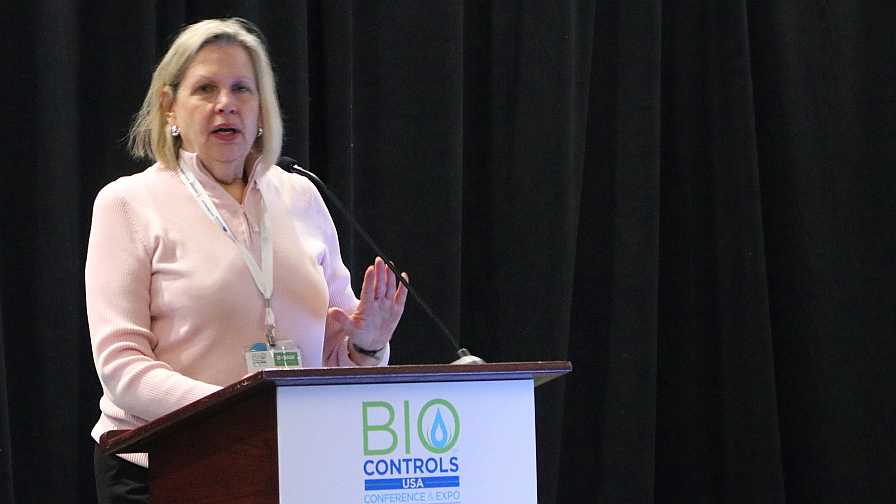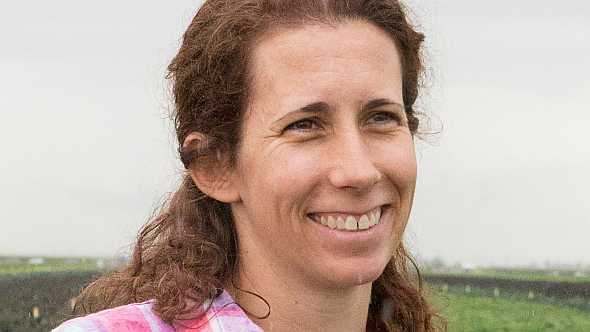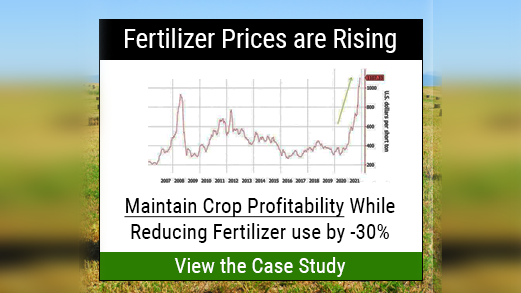6 Vegetable Production Tips From Biocontrol Experts
If you’re looking for better ways to get the most from biological controls, we’ve got your back. Our editorial team attended the Biocontrols USA 2020 Conference & Expo in Portland, OR, in early March, and we took great notes.
- Lori Berger, Ph.D., Manager, Technical Services and Sustainability at AgBiome Innovations, focused on new strategies for insect control.
- Surendra K. Dara, Ph.D., Entomology and Biologicals Advisor with University of California Cooperative Extension, shared results from a series of studies on control gray mold in strawberries.
- Kim Horton, Agronomist at Grimmway Farms, heads up trialing biocontrol products for the operation. She shared her hard-won knowledge with her fellow growers.
Here are six tips we picked up from three very different speakers during the vegetable breakouts.
1. Understand How Biologicals Work
Biological products are made up of living organisms, and each one has a different mode of action, Berger says. Pests need to ingest beneficial bacteria and viruses, whereas fungi are contact controls. Fermented products can be both, and parasites are predators — they hunt.
2. Tank Mixes Are Possible
Several companies and universities have been researching which biologicals play well with others and which ones can be mixed with other controls, such as fungicides. One important factor is to target different life stages with each mix, Berger says. A mix you use early in the season will not be the same as the mix or pre-harvest.
Despite advances, tank mixes remain a delicate process. You’re dealing with organisms that can be killed, after all. Check with your advisers and suppliers before attempting a mix.
3. Do Your Homework Before Trialing new Products
Your ranch is not a university lab. Whatever product you trial will be used on crops that you will harvest and sell, Horton says. Make sure the company you purchase from has done initial research on crops similar to yours. What works in apple orchards or in greenhouses will perform differently for season vegetable crops.
4. Spend Time Getting Work Crews Invested in Your Trials
Nothing ruins a trial faster than having your control fields treated with the wrong product or the crews not recording to data you need at harvest. In fact, Horton says the most important part of the trial is communication.
Not only will you get everyone working from the same playbook, she says your team may have good ideas that will help you better understand the products that will work best for your farm.
5. Set Trials Up Close to Home Base
There are a lot of things to consider with product trials — soil types, crops, irrigation, and so on. But Horton says there’s one more important factor that’s often overlooked: convenience.
When it comes to holding worthwhile product trials, be realistic about your time. If you have multiple locations, don’t hold trials where you’ll have to commute to check in on it. If it’s at your main location and near your home base, the trials are easier to follow.
6. Biologicals Are at Their Best as Preventatives
This point isn’t a new one, but it’s worth repeating. When biologicals are matched to the correct crop issue, they are as powerful as conventional fungicides. But timing matters. Biologicals excel at catching diseases and other pests early.
Biologicals aren’t a silver bullet, Dara says. It’s a very effective tool in the toolkit.
Bonus Biocontrol Tips from the Speakers

Lori Berger urges you to understand which beneficial insects you already have on your farm and at what levels. It will help you customize your biological program to what you need.

Surendra Dara recommends that you explore how your products will mix with your crops. No biologicals exist in a vacuum. Microorganisms coexist with plants and interact with other organisms — insects, microbes, and plants. Each can impact one another.

Kim Horton likes to take principles of lab research and apply them as much as she can to her on-farm trials. For example, she uses several 50-acre fields to test one product. If she has more than three or more fields, she still has a decent trial even if something goes wrong with one or two of the fields. Which it does fairly often.










